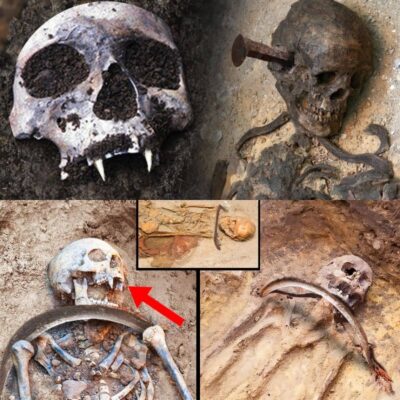THE sound of a mummified priest who died 3,000 years ago has been heard again – thanks to science.
By mapping the dimensions of the mummy’s vocal tract, experts were able to recreate the voice of the long-dead preacher.

5The ancient mummy Nesyamun hasn’t spoken in 3,000 years – but his voice has now been recreatedCredit: SWNS:South West News Service

5Researchers used 3D scanners to check the quality of Nesyamun’s vocal tractCredit: SWNS:South West News Service
Nesyamun was an Egyptian priest who lived during the volatile reign of pharaoh Ramses XI, between 1099 and 1069 BC.
He worked as a scribe and priest at the state temple of Karnak in Thebes – modern day Luxor.
His voice would have been “essential” to his ritual duties, which experts say included preaching and singing.
And by using a CT scan, experts were able to reproduce a “vowel-like sound” based on measurements of the exact dimensions of Nesyamun’s vocal tract.

5By measuring the exact dimensions of the mummy’s vocal tract, it was possible to recreate the preacher’s voiceCredit: SWNS:South West News Service

5This is the 3D-printed vocal tract based on Nesyamun’s actual vocal tract
“Its relevance conforms exactly to the ancient Egyptians’ fundamental belief that ‘to speak the name of the dead is to make them live again,” said Professor Joann Fletcher of the Department of Archaeology at the University of York.
“So given Nesyamun’s stated desire to have his voice heard in the afterlife in order to live forever, the fulfilment of his beliefs through the recreation of his voice allows us to make direct contact with ancient Egypt by listening to a voice that has not been heard for over 3,000 years, preserved through mummification and now restored through this pioneering new technique.”
The noise was synthesised by a team from the University of York and Royal Holloway, in collaboration with Leeds General Infirmary.
They used a CT scanner to check if Nesyamun’s vocal tract was intact.











